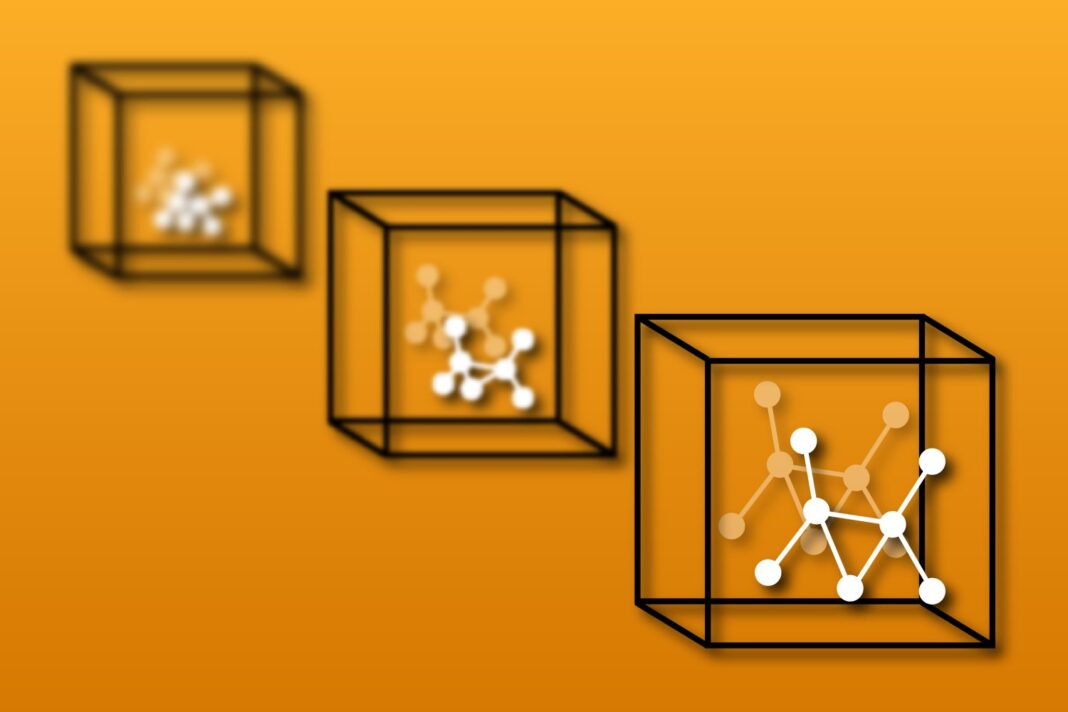In Short:
MIT researchers have developed an AI method called Message-Passing Monte Carlo (MPMC) to improve data sampling accuracy across multiple dimensions. By using graph neural networks, this approach enhances data points’ uniformity, crucial for simulations in fields like robotics and finance. The method significantly outperforms previous techniques, promising better results in complex systems and advanced applications like autonomous driving.
Researchers at the MIT Computer Science and Artificial Intelligence Laboratory (CSAIL) have advanced the field of simulation accuracy with an innovative AI-driven approach known as “low-discrepancy sampling.” This method allows for more uniform distribution of data points across multidimensional spaces, enhancing simulation quality in various domains including robotics, finance, and computational science.
Overview of the New Method
The researchers have incorporated graph neural networks (GNNs) into their methodology, enabling data points to communicate and optimize their placement with respect to uniformity. Lead author T. Konstantin Rusch, a postdoctoral researcher at MIT CSAIL, emphasized the significance of their method called Message-Passing Monte Carlo (MPMC). This approach utilizes geometric deep learning techniques to generate uniformly spaced points and to prioritize dimensions that are critical to specific problems. Rusch noted, “In many problems, the more uniformly you can spread out points, the more accurately you can simulate complex systems.”
Historical Context of Monte Carlo Methods
Monte Carlo methods, which aim to study systems through random sampling, can be traced back to the 18th century. Notably, mathematician Pierre-Simon Laplace utilized these methods to estimate population figures in France without counting each individual. These techniques have evolved to incorporate low-discrepancy sequences, such as Sobol’, Halton, and Niederreiter, which have become essential in fields like computer graphics and computational finance, enhancing the accuracy of simulations by ensuring that points are distributed uniformly in space.
Improving Uniformity with MPMC
The MPMC framework transforms random samples into points characterized by high uniformity. The process involves using a GNN to minimize a specific discrepancy measure. A significant challenge in generating uniformly distributed points with AI is the slow computation associated with traditional uniformity measures. The team addressed this by adopting a quicker and more adaptable measure known as L2-discrepancy. For complex high-dimensional issues, they employ techniques that focus on important lower-dimensional projections of the points, ensuring that the point sets are better suited for their specific applications.
Applications in Computational Finance
The implications of this research extend significantly beyond academic curiosity. In computational finance, the quality of sampling points is crucial for effective simulations. Rusch pointed out that their GNN-generated low-discrepancy points result in higher precision compared to traditional random sampling methods. For instance, they observed a substantial improvement in performance when tackling a classical problem from computational finance in 32 dimensions, demonstrating a fourfold to twenty-fourfold advantage over existing state-of-the-art quasi-random sampling methods.
Impacts on Robotics
In the realm of robotics, sampling-based algorithms play a critical role in guiding robots for path and motion planning. The enhancements offered by the MPMC method could lead to superior robotic navigation and real-time adaptations in applications such as autonomous vehicles and drone technologies. Rusch highlighted a preliminary study that demonstrated a fourfold improvement in solving real-world robotics motion planning tasks using MPMC points when compared to previous low-discrepancy methods.
Future Directions
The research team aims to make MPMC points more widely accessible, addressing the current limitations associated with training a new GNN for each fixed number of points and dimensions. Daniela Rus, CSAIL director and MIT professor, remarked on the necessity for smarter solutions that adapt as dimensionality increases. “GNNs represent a paradigm shift in generating low-discrepancy point sets,” she stated, highlighting their ability to reduce common issues like clustering and gaps that plague traditional methods.
The paper documenting these findings was co-authored by Rusch, Rus, and several prominent researchers in the field, including Nathan Kirk from the University of Waterloo, Michael Bronstein of Oxford University, and Christiane Lemieux from the University of Waterloo. The research is supported by various institutions, including the AI2050 program at Schmidt Futures, Boeing, the United States Air Force, and the Swiss National Science Foundation.





